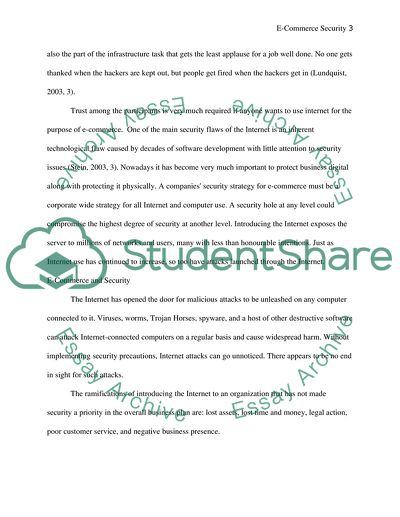Cite this document
(Securing the Website and Reducing Liability to Prevent Negative Press Research Paper, n.d.)
Securing the Website and Reducing Liability to Prevent Negative Press Research Paper. Retrieved from https://studentshare.org/e-commerce/1736807-literature-review
Securing the Website and Reducing Liability to Prevent Negative Press Research Paper. Retrieved from https://studentshare.org/e-commerce/1736807-literature-review
(Securing the Website and Reducing Liability to Prevent Negative Press Research Paper)
Securing the Website and Reducing Liability to Prevent Negative Press Research Paper. https://studentshare.org/e-commerce/1736807-literature-review.
Securing the Website and Reducing Liability to Prevent Negative Press Research Paper. https://studentshare.org/e-commerce/1736807-literature-review.
“Securing the Website and Reducing Liability to Prevent Negative Press Research Paper”, n.d. https://studentshare.org/e-commerce/1736807-literature-review.


